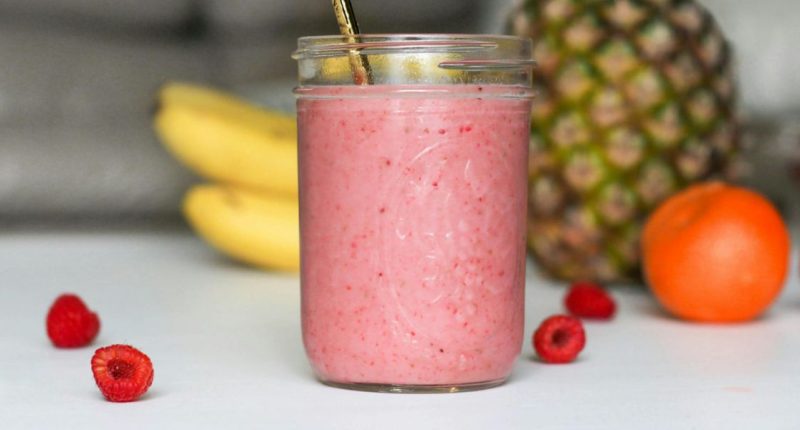People can improve their glycaemic control by regularly drinking smoothies that contain seeds, new evidence has suggested.
Researchers from the University of Plymouth have found that smoothies are an essential source of plant-based nutrition and should not be classified as a fruit juice because they tend to not cause significant glycaemic spikes.
In recent years, smoothies have risen in popularity and allow people to easily increase their intake of fruits and vegetables.
- Glycaemic control in young people improved by automated insulin delivery systems
- Study highlights importance of tackling both glycaemic control and obesity in people with type 2 diabetes
Health guidelines however advise people to not consume more than 150 ml of smoothies per day because they are currently grouped the same as fruit juices.
Experts have now revealed that smoothies may be healthier than fruit juices because they are high in fibre and can improve glycaemic control and slow digestion.
Prior studies have revealed that a smoothie containing multiple fruits produces a lower glycaemic response compared to the same fruits eaten as they come.
According to the research, smoothies that contain seeds are particularly beneficial for glycaemic control because the seeds of fruits contain a high amount of fibre.
Blending these seeds can boost the release of dietary fibre, in turn reducing blood sugar spikes and slowing glucose absorption in the small intestine.
- Toddler experiences hypoglycemic shock after drinking Slush Puppie
- Race and social vulnerability are risk factors for worse glycaemic control
The authors said: “Postprandial insulin levels should be measured to determine whether reductions in blood glucose are accompanied by lower insulin spikes, which could reduce risks associated with metabolic syndrome and type 2 diabetes.”
In contrast, some concerns have been raised over smoothies not providing the same feeling of fullness as eating fruits, meaning it could influence unhealthy eating habits throughout the day.
The study was published in the European Journal of Clinical Nutrition.







